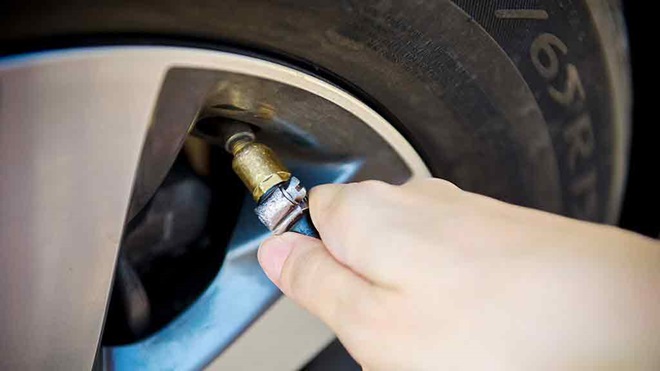No matter what type of car you drive, owning an air compressor is a smart idea. While portable 12V compressors (like the air compressors we've tested) are traditionally used by 4WD owners to adjust tyre pressure, they're also a handy item to have in the boot of your sedan, hatchback or convertible, even if you rarely venture off-road.
On this page:
- Why do you need an air compressor?
- Can't I do that at my local servo?
- Are you the 4WD type?
- So what do I need to look for?
- How much do air compressors cost?
- Air compressor tips
We're on your side
For more than 60 years, we've been making a difference for Australian consumers. In that time, we've never taken ads or sponsorship.
Instead we're funded by members who value expert reviews and independent product testing.
With no self-interest behind our advice, you don't just buy smarter, you get the answers that you need.
You know without hesitation what's safe for you and your family.
And you'll never be alone when something goes wrong or a business treats you unfairly.
Learn more about CHOICE membership today
Why do you need an air compressor?
Since you can spend up to a few hundred dollars for an air compressor it's worth having a think about what you'll use it for. Making sure your tyres are at the right pressure is one of the simplest and most sensible things you can do as a motorist. And you don't need to be a budding mechanic to do it. Keeping tyre pressure in check helps extend the life of your tyres and improves:
- handling
- safety
- fuel economy.
Can't I do that at my local servo?
Yes, but their gauges and hoses are often damaged and can be inaccurate. Even if your local facilities are top notch, you should check your pressure on cold tyres. Warm car tyres – even from a short drive – will affect the readings of even the most accurate inflation station.
Are you the 4WD type?
Then you'll definitely want to keep an air compressor handy. Off-road adventures mean you should be changing tyre pressure to suit different driving surfaces. You'll need to deflate your tyres for driving on sand, mud or snow to increase the surface are that's in contact with the terrain and improve traction. And when the off-road fun is over, you'll need to re-inflate your tyres to for safe handling on normal roads, and to minimise damage through wear and overheating.
So what do I need to look for?
Battery clips
Portable 12V compressors are small air compressors which run directly from a car's battery using battery clips. There are some less powerful portable compressors which plug directly into a car cigarette lighter, but they're low current and powering up from this option will be noticeably slower.
Pressure gauge
As the name suggests, you'll need a gauge which shows the inflation pressure.
Sand tray
Prevents the compressor sinking into sand.
Hands-free tyre deflator
A hands-free tyre deflator consists of a turning collar which locks into place over the tyre valve, keeping the valve open.
Push-button deflator
A button on the hose allows for deflation while the nozzle is connected to the tyre valve.
Thermal safety cut-out
An important safety feature designed to prevent the compressor from overheating.
How much do air compressors cost?
The models in our most recent air compressor test range in price from $70 to $349.
Air compressor tips
To get the most out of your car and tyres, the NRMA recommends "airing up" every two to three times you fill up with petrol. The RACV says at least once a fortnight. While a tyre pressure gauge is a quick and convenient way to check you're running the correct tyre pressure for your car, it's not worth much if you find your tyres are under-inflated. An air compressor will help you there.
Stock images: Getty, unless otherwise stated.



